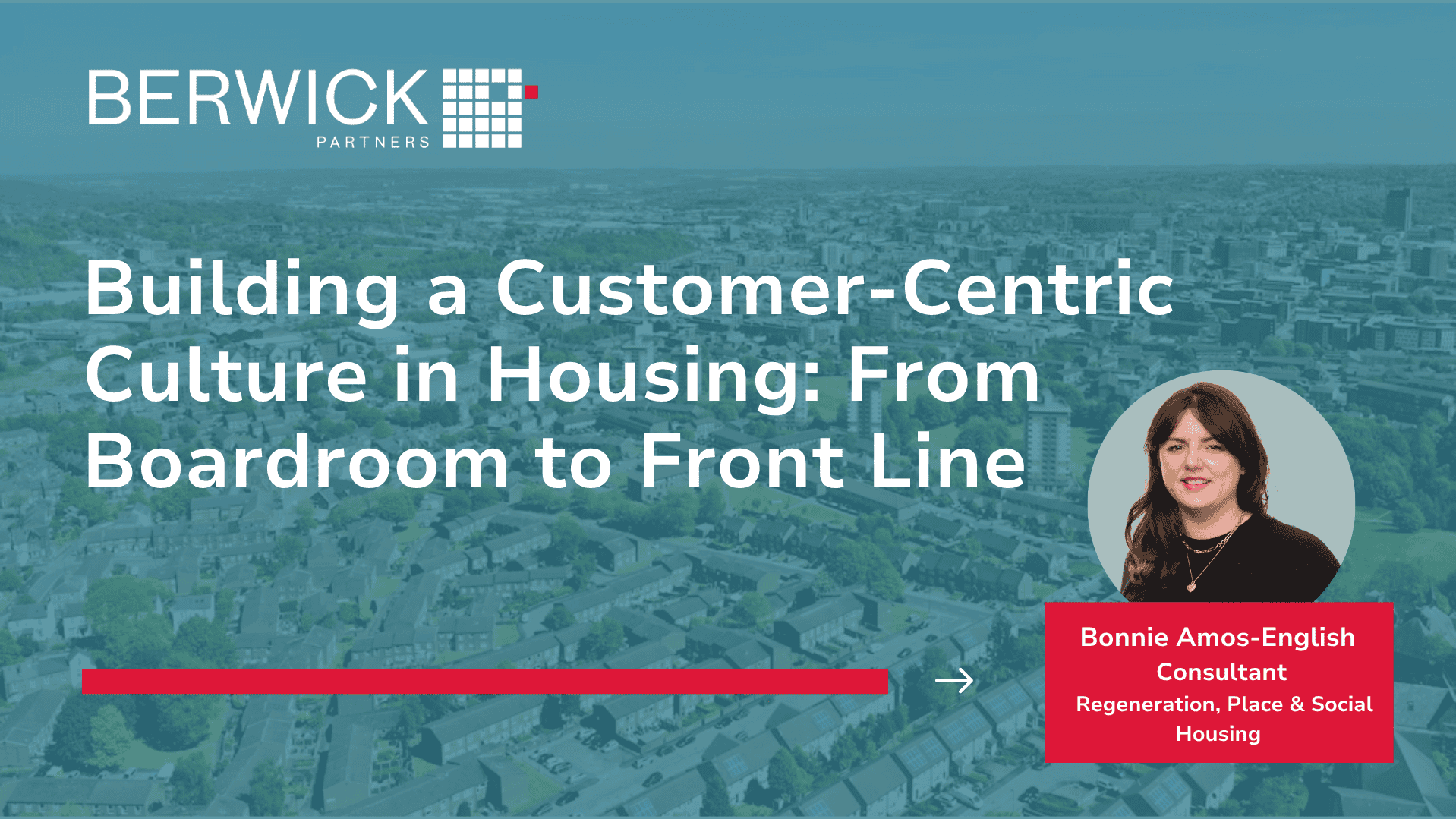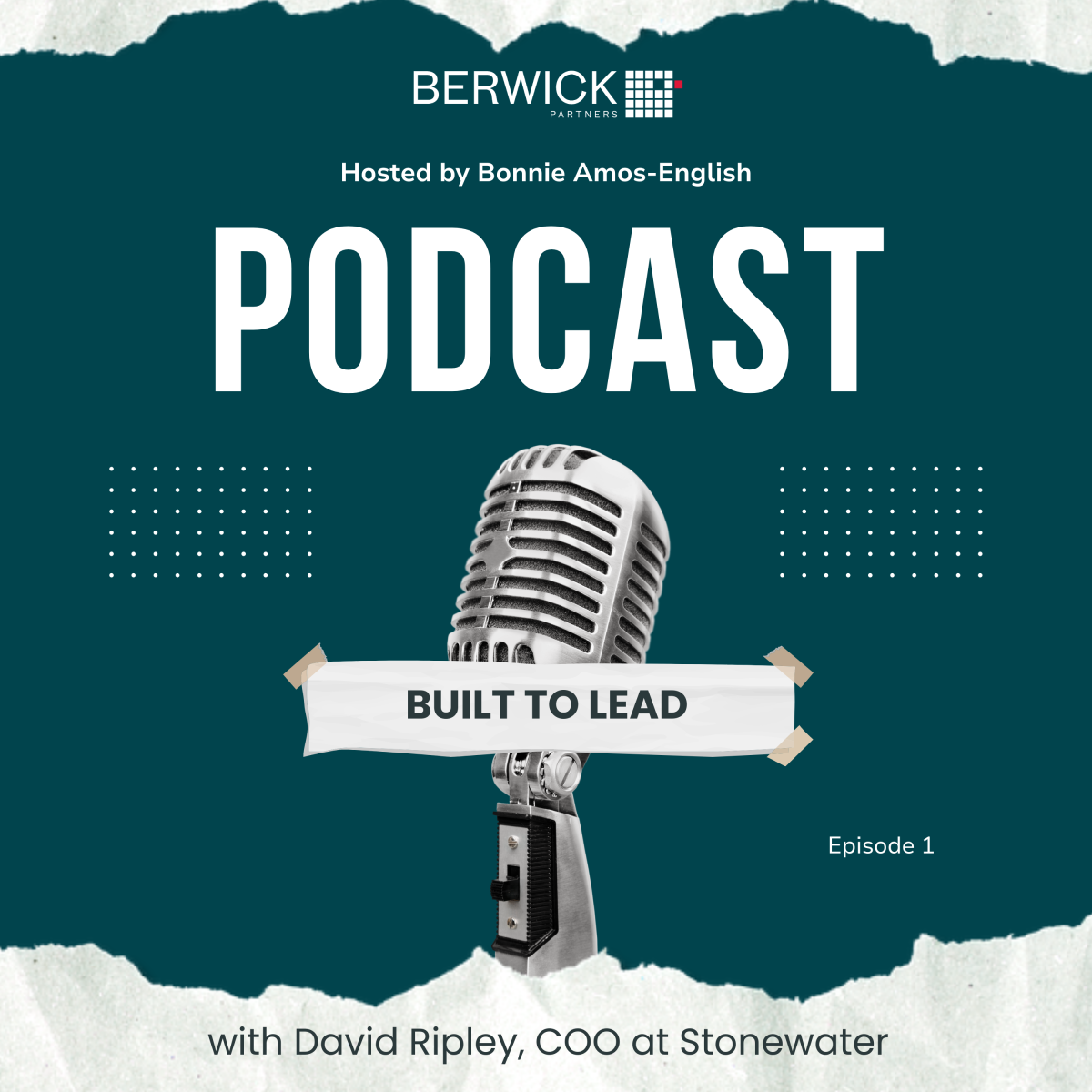Building a Customer-Centric Culture in Housing: From Boardroom to Front Line
Why Customer-Centricity Matters More Than Ever
Over the past 18 months, working closely with Housing clients and senior leaders, I’ve seen how crucial it is for organisations to go beyond regulatory requirements and truly listen to their residents. My own “golden thread” throughout conversations has been about co-designing new services with residents and hiring leaders who carry this practice like a torch, embedding it into the culture and the day to day running of the organisation.
I’ve gathered some thoughts and anecdotal evidence from those conversations to try and answer the questions, “What does that actually look like in practice?” and “How can housing associations move from intention to implementation?”.
In this article I wanted to explore the practical strategies, cultural shifts and leadership behaviours that are helping organisations build genuinely (and crucially, authentically) customer focused cultures, from the boardroom to the front line.
Redefining Customer-Centricity in a Housing Context
From my viewpoint, I am seeing a seismic shift in the way that Housing Associations, Registered Providers and Local Authorities are approaching resident engagement. Increasingly, I see leaders asking, “Are we really listening? Are we truly designing services with residents, or just for them?” This means there’s a lot of work to do to unpack legacy policies and processes that just aren’t fit for purpose anymore. It’s about creating systems and behaviours that consistently prioritise the lived experiences of residents.
This means:
- Listening actively through structured feedback loops (not just when things go wrong.)
- Designing services with residents, not just for them.
- Embedding empathy and responsiveness into policies, not just people.
It’s a shift from reactive service delivery to proactive, inclusive engagement.
A Case Study in Rethinking Resident Involvement
Traditional resident panels have long been a staple of tenant engagement. And while they offer continuity and commitment, they can also become echo chambers – dominated by a small, often homogenous group of voices.
One housing association recently took a different approach. Instead of relying solely on standing panels, they created project-based resident groups. Here’s how it worked:
- Residents who had recently interacted with a specific service (e.g. made a complaint or had a repair) were invited to join a 12-week project group.
- These groups focused on a single issue and worked collaboratively to review current processes.
- Residents were asked: What worked? What didn’t? What would you change?
- The resulting recommendations were reviewed by the organisation. If they were compliant, cost-effective, and operationally viable, they were implemented.
What I loved about this approach was how it brought in fresh voices of people who had just experienced the service and had real, relevant feedback to share.
Recognising and Responding to Diverse Resident Needs
A truly customer-centric culture recognises that “the customer” isn’t a single profile. Residents vary in age, language, digital access, and support needs. In this way, traditional KPIs, like repair turnaround or call wait times, will be viewed differently by each distinct group of customers.
I see leading housing providers getting ahead in this area by:
- Investing in data-driven resident profiling to understand who their customers really are, and pairing operational data with satisfaction insights.
- Targeted engagement strategies for digitally excluded or linguistically diverse groups, and using digital tools to gather real-time feedback.
- Cultural competency training, for staff to better serve all communities, focusing on outcomes rather than KPIs or performance metrics in isolation.
This isn’t just about inclusion, it’s about effectiveness. If your engagement methods only reach a narrow slice of your resident base, your insights, and therefore your services will be limited. It’s not easy to get this right, but if feedback only ever comes from the same few voices, the bigger picture will be missed.
Embedding Customer Focus into Strategy and Structure
In organisations where a customer-led culture has been most successfully implemented, customer-centricity isn’t treated as a standalone initiative, its woven into the fabric of the organisation. This means making customer experience a core part of strategic planning, with the most forward-thinking organisations embedding it directly into their corporate strategies and five-year plans, recognising that resident satisfaction is central to long-term success.
But strategy alone isn’t enough.
Policies and procedures must also reflect this commitment. Even the most empathetic frontline staff can be held back by outdated systems that prevent them from taking meaningful action. If a call centre team is trained to listen but lacks the authority to resolve issues, the resident experience inevitably suffers. As one leader recently told me, “There’s no point having amazing empathetic staff in your call centre if your policies don’t let them solve problems.”
Recruitment plays a vital role too. Hiring and promoting based on values—such as empathy, integrity, and community focus—helps build a culture where customer-centricity is lived, not just talked about. By incorporating these values into interview questions and application processes, organisations can ensure alignment from day one.
Culture Starts at the Board
Creating a truly customer-centric culture starts at the top. When boards and executive teams are genuinely aligned around the principle of resident-first service, it sends a powerful message throughout the organisation that it’s not just about setting expectations, but that the board is modelling them too.
This kind of leadership means taking ownership of customer experience at board level. It involves engaging regularly with resident voices, not only through reports but through direct conversations and lived experiences. And it requires a willingness to invest strategically in service design and transformation. Not as a one-off project, but as an ongoing commitment.
As one colleague put it to me recently, “Customer-centricity works best when it comes from the board down.” And I couldn’t agree more.
Conclusion: From Aspiration to Action
When we boil down the sentiment of creating a customer-centric culture in housing, it’s about delivering consistent, thoughtful action. As someone said to me recently “At it’s heart, great customer service is doing what you said you were going to do, when you said you were going to do it”. When done well we see that customer-centricity doesn’t just improve satisfaction scores; it builds trust, strengthens communities, and can truly transform lives.






